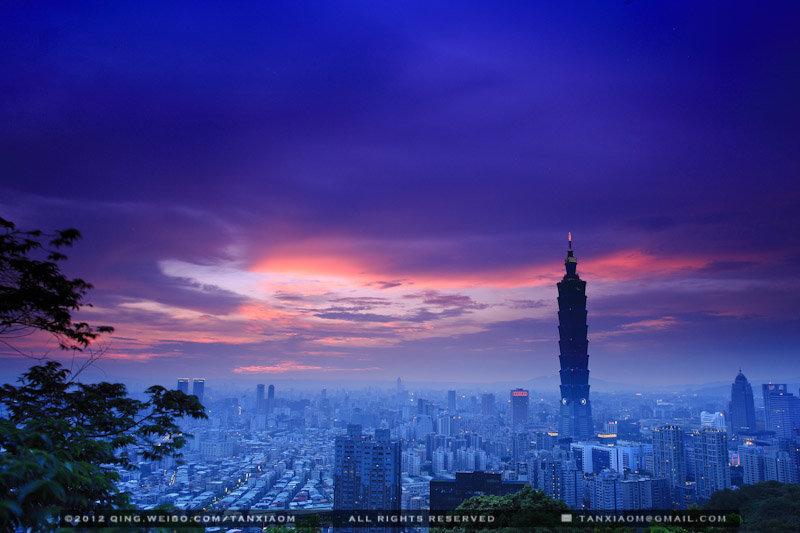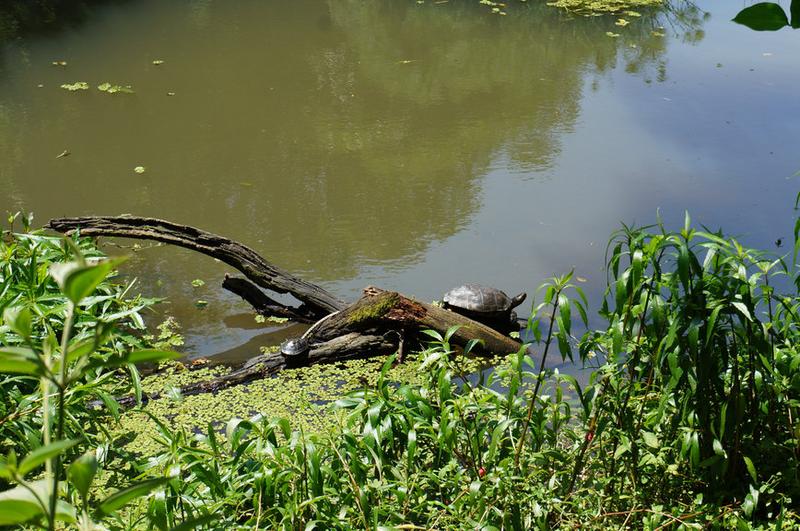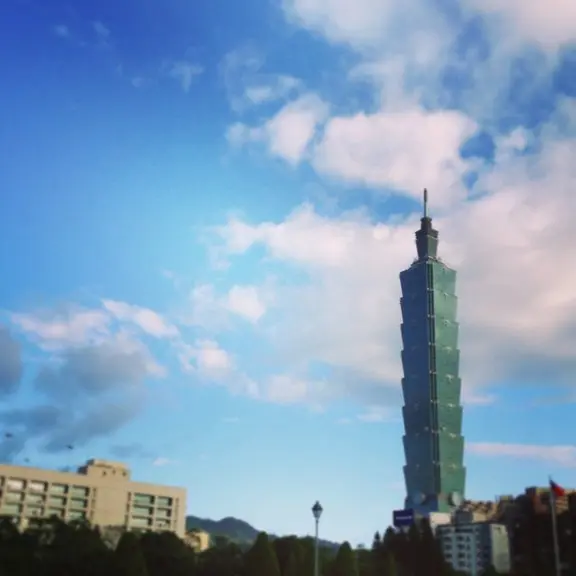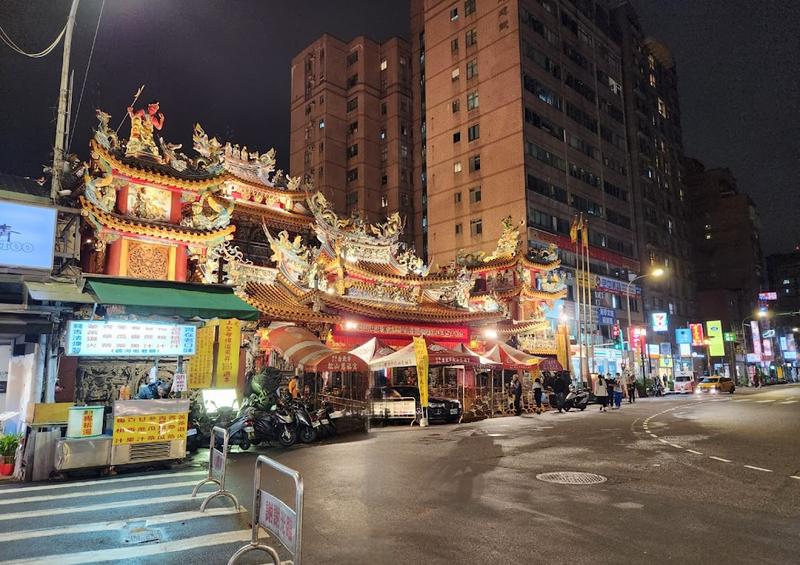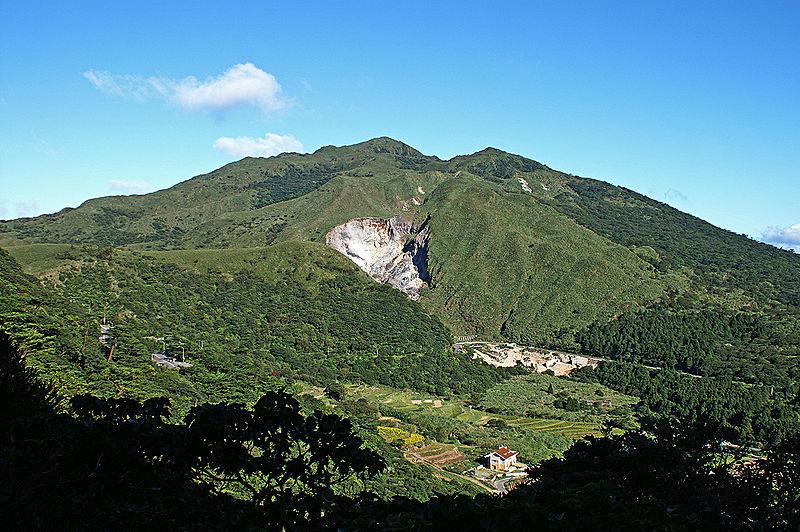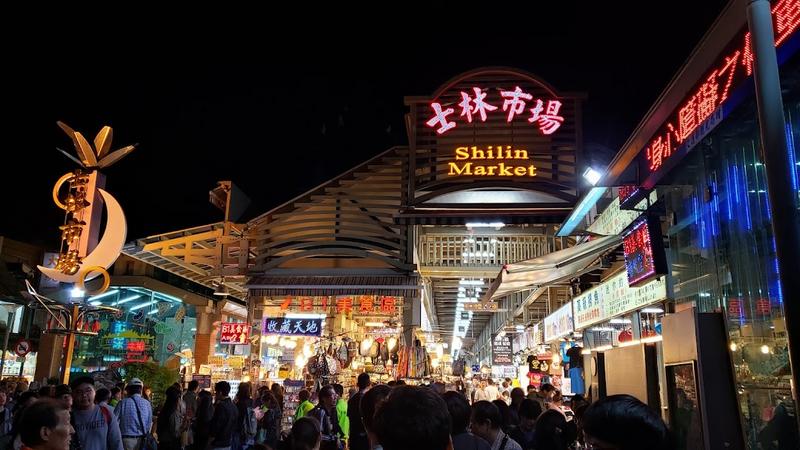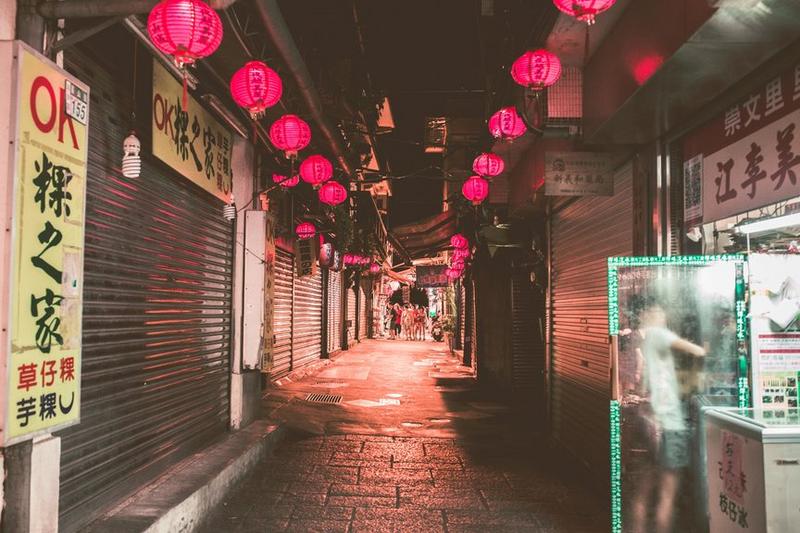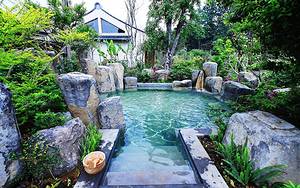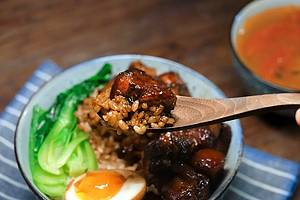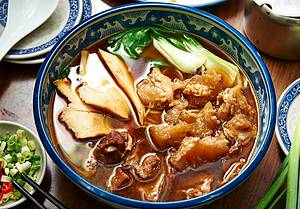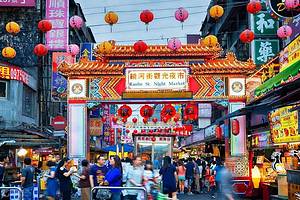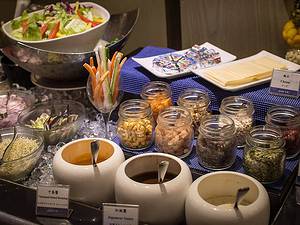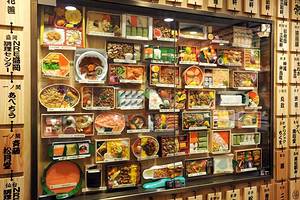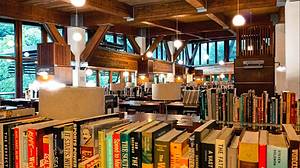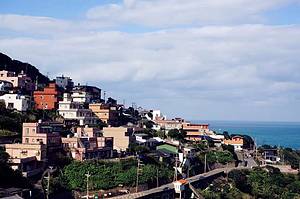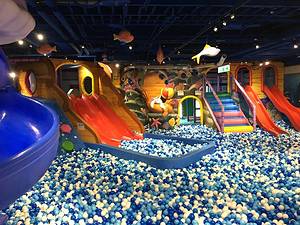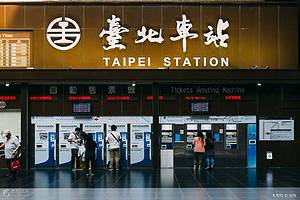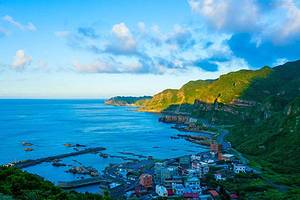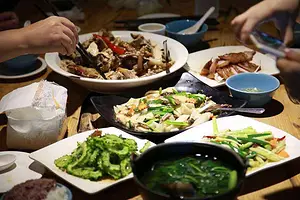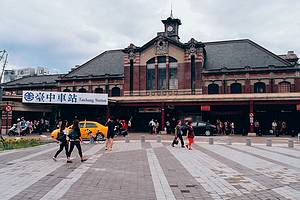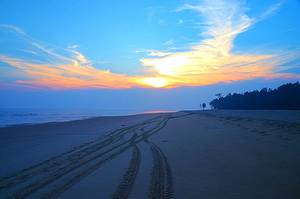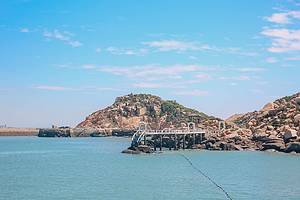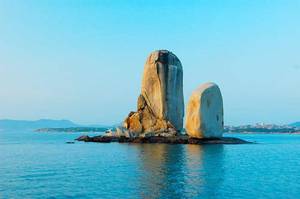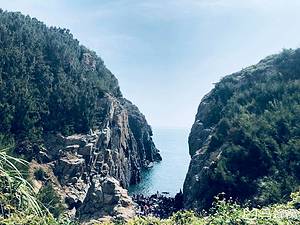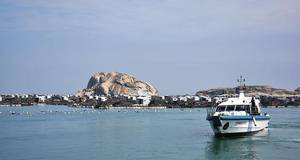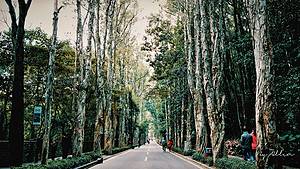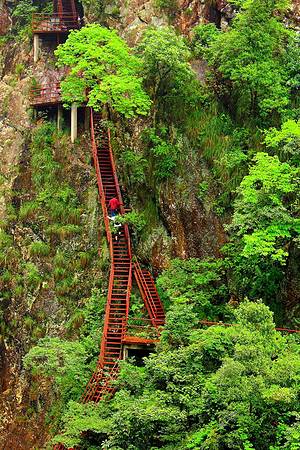Taipei 3-Day Tour: History Culture & Natural Scenery
5 cities |
12 attraction(s) |
total distance 114
km
 TIPS
TIPS
Day1
Day2
Day3
Day1: Taipei
4 attraction(s) ·
12 km
1
Taipei National Palace Museum is known as the "Treasure House of Chinese Culture" and houses a rich collection of artifacts from the Song, Yuan, Ming, and Qing dynasties. With a total of 655,000 exhibits, the museum also features the Chih-shan Garden, the Chi-te Garden, and the Chang Dai-chien Memorial Gallery, all designed with traditional Chinese garden aesthetics. The museum's architecture resembles a Chinese palace, with three floors dedicated to exhibitions and a fourth floor for a tea house. Visitors can preview the exhibits on the museum's website before their visit to better appreciate the museum's highlights. Treasures such as Fan Kuan's "Travelers Among Mountains and Streams," Guo Xi's "Early Spring," and Li Tang's "Wanhaosong Fengtu" can only be seen during special exhibitions. The busiest periods for visitors are from 10:00 to 12:00 and 14:00 to 16:00, with tour groups often focusing on the jade, porcelain, and bronze sections. For a quieter experience, it is recommended to visit the calligraphy and painting galleries during these peak times and then explore the popular exhibits when the crowds thin out. The quietest visiting hours are during the evening sessions on Fridays and Saturdays, as the number of visitors decreases after 17:00.
2
km
2
The building is the official residence and garden where Chiang Kai-shek lived in Taiwan for 26 years. Prior to 1996, this was a mysterious and inaccessible place. However, it gradually opened to the public with the support of the military. Since the opening of the second-floor living quarters in January 2003, the place is no longer shrouded in mystery. The complex is divided into the official residence and garden. The official residence includes the residence, guesthouse, the Triumphal Arch where Chiang Kai-shek and his wife are worshipped, and the Ciyun Pavilion where his birthday is celebrated every year. The garden, previously managed as a horticultural center during the Japanese colonial era, showcases Chinese and Western-style gardens with beautiful flowers throughout the seasons. Additionally, there is a rose garden and an outdoor music pavilion where different flower exhibitions are held depending on the season.
8
km
4
Buzzing, venerable nighttime street market offering shops & street food vendors.
Day2: Taipei
4 attraction(s) ·
16 km
1
Yangmingshan National Park is one of the most popular flower-viewing and tourist destinations near Taipei. The spring season attracts large numbers of visitors to admire the azaleas and cherry blossoms, while the summer and autumn scenery is also breathtaking. The park buses are the most convenient way to explore, passing by many attractions and trails including Yangming Shuwu, Calla Lily Fields, Bamboo Lake, and Xiaoyoukeng Sulfur Vents. Qingtian Hill is a great place to relax, play on the grass, and enjoy the beautiful natural scenery. Lengshuikeng is another popular spot, featuring hidden and free public hot spring baths, perfect for relaxation and rejuvenation. The park buses often travel on narrow and thrilling mountain roads, allowing tourists to enjoy the stunning landscapes. In summary, Yangmingshan National Park is definitely worth a visit.
5
km
2
The Beitou Hot Springs is a hot spring resort located in Beitou District, Taipei City, Taiwan. With a large area, it can be defined broadly or narrowly. Broadly speaking, the Beitou Hot Springs refers to the Shamao Mountain, Datun Volcano Group, Qixing Mountain volcanic rock layers, and Jinshan Fault in the northern region of Taiwan. These areas are home to many hot springs, including the Geothermal Valley Hot Springs, Sulfur Valley Hot Springs, Dingbeitou Hot Springs, Shuangjieshi Hot Springs, and Longfeng Valley Hot Springs. On the other hand, narrowly speaking, the Beitou Hot Springs refers to a specific area in Beitou District with abundant hot spring resources. Whether defined broadly or narrowly, the Beitou Hot Springs is a highly recommended place to visit.
6
km
3
Traditional night market with a large array of vendors selling street food, clothes & jewelry.
6
km
4
Ximending is a popular shopping district in Wanhua District, Taipei City, consisting of sections of Wuchang Street, Hanzhong Street, and Emei Street. This area is known as the heart of Ximending, attracting young students and international tourists with its vibrant atmosphere and trendy elements. It is a bustling pilgrimage site.
Ximending is renowned as a popular fashion district and unique pedestrian shopping street in Taipei. It offers various famous attractions such as Ximending Red House, Tattoo Street, Movie Street, KTV, Wannian Building, Wu Fen Pu Wholesale Market, and Eslite Bookstore. In addition, there are many
Day3: Jiufen > Pingxi > Kaohsiung > Keelung City
4 attraction(s) ·
40 km
1
Jiufen was once prosperous due to its abundant gold resources, but it gradually declined as the mines depleted. However, in 1990, the film "A City of Sadness" was shot here, attracting attention from both domestic and international tourists with its unique architecture, hillside views, and atmosphere, rejuvenating Jiufen as a popular tourist destination. In 2001, Jiufen's old street was also featured as a setting in Hayao Miyazaki's animated film "Spirited Away," further drawing many Japanese tourists to visit. The song "A Coffee Shop in Jiufen" by Chen Qizhen also added to the fame of this place.
The nostalgic scenery of Jiufen's old street is mainly concentrated on three streets: Jiufen Old Street, Shufazi Road, and Qingshui Road. Shufazi Road connects Jiufen Elementary School and the Jiufen Police Station, serving as an important passageway for transporting goods. Today, Jiufen's old street has been replaced by cafés and tea houses, and the iconic 300+ stone steps have become a symbol of Jiufen. Jiufen Old Street's core area is on Jiufen Street, where many traditional buildings from the Japanese colonial period are preserved, including stalls selling taro and sweet potatoes, the first tea house in Jiufen, and the Jiufen History and Culture Workshop. From Jiufen Street, visitors can also enjoy a view of the sea. In addition to these three main roads, there are many alleys and lanes waiting for visitors to explore. No matter where tourists go, they may discover surprises.
11
km
2
Shifen Old Street is located near Shifen Station. Although it does not have century-old red brick buildings or well-known architectural styles, its geographical location adjacent to the railway often attracts train enthusiasts to come and watch. This is the only town in Taiwan where the railway line runs in front of the houses. The residents here have a close relationship with the railway, making it a holy place for nostalgic railway enthusiasts. In addition, the sky lantern handicraft shops in the old street area are iconic and unique buildings in the region. In recent years, the Hakka floral cloth and image postcards have also brought new vitality and enthusiasm to the unique Shifen Old Street.
20
km
3
Yehliu is a cape located in Wanli District, New Taipei City. The famous attraction in Yehliu Scenic Area is the Yehliu Cape, which is about 1,700 meters long and was formed by the geological forces pushing the Tatun Mountain Range into the sea. The cape is scattered with unique columnar rock formations, some of which are named after various animals and objects, such as the famous Queen's Head, as well as Fairy Shoe, Beehive, Ginger Heart Stone, and Sea Candle. Yehliu Geopark is managed by the Northeast and Mt. Guanyin National Scenic Area Administration and is a well-known tourist destination. It is also a symbol of Taiwan and an unofficial symbol of Wanli Town.
11
km
